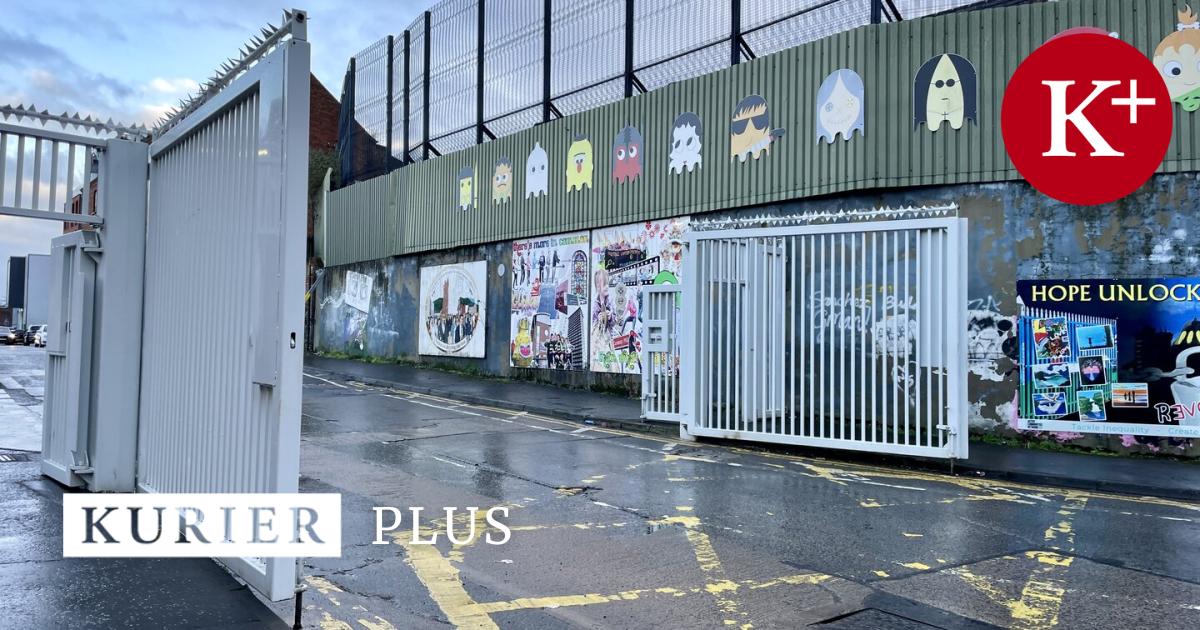
From Walls to Bridges: A Journey Through Belfast’s Troubled Past and Future
Jim White was just 14 years old when he lost his best friend due to a sudden division between the Protestant north and Catholic west of Belfast. Today, at 69, he can revisit the infamous Catholic Springfield Road in west Belfast but prefers not to. Despite the passage of time, Jim acknowledges that a lot has changed since the days of conflict known as “the Troubles,” but he still appreciates the presence of the Peace Wall gate on North Howard Street to prevent any potential resurgence of violence.
Just 500 meters away from Jim White, Michael Culbert works with an association called Coiste to offer political tours along the Peace Wall. Michael, a former member of the Irish Republican Army (IRA), brings visitors to key locations in Belfast to shed light on the history of the conflict. He believes in standing up for politically condemned individuals like himself, as he reflects on the events that led him to join the IRA in his early twenties.
The tour guide, James Ellison, takes tourists on a journey through Belfast city center to explore significant sites during the Troubles, such as the location of the Abercorn Restaurant bombing in 1972. Despite the dark legacy of the conflict, tourism in Belfast has grown into a billion-euro industry since the signing of the Good Friday Agreement in 1998. However, as James notes, peace remains fragile, demonstrated by recent acts of violence in response to Brexit.
While older generations reflect on their past experiences with division and conflict, younger residents like Gemma Gabbie and a group of teenagers advocate for opening Gates of Peace for longer periods or even permanently. They believe that walls and gates create stigma between communities and emphasize fostering relationships rather than maintaining physical divisions. The next generation looks towards a future where walls do not stand as barriers between friends and neighbors but seek unity and peace in a city scarred by its history.
In conclusion, while progress has been made since “the Troubles,” there is still much work to be done to bridge gaps between communities and foster relationships rather than maintain physical divisions that create stigma. As Jim White reflects on his past experiences with conflict at 69 years old, it is clear that younger generations are seeking unity and peace in Belfast’s future.

/cloudfront-eu-central-1.images.arcpublishing.com/prisa/FQTQDW6N5REWXIOMDD7KHS5X7U.jpg)